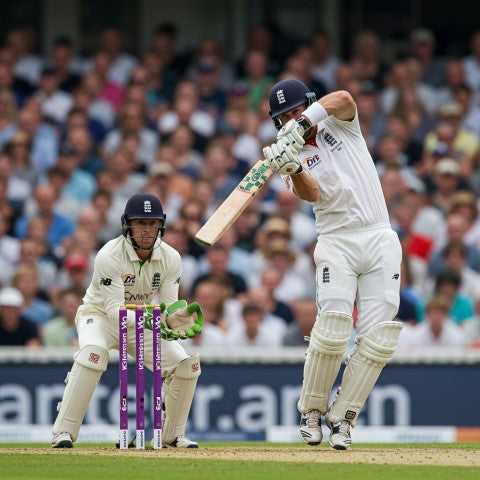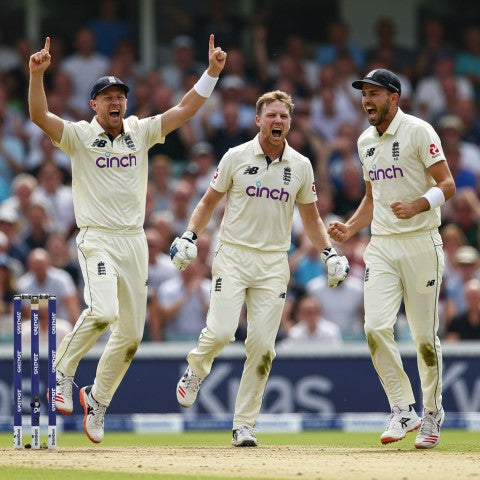Understanding the IPL 2025 Code of Conduct: Key Changes Explained

Since 2008, the Indian Premier League (IPL) has evolved from a domestic T20 event into the crown jewel of franchise cricket. Today, it stands as a showcase of athleticism, drama, and elite competition, drawing fans from every corner of the world. The league doesn’t just entertain—it sets trends and influences the way cricket is played across formats.
As the competition heats up season after season, the role of a clear and enforceable Code of Conduct becomes more vital. With global attention comes pressure, and with pressure comes the potential for missteps. A strong disciplinary structure ensures matches are fair, players remain accountable, and the essence of cricket—respect, sportsmanship, and integrity—is never compromised.
The 2025 season marks a shift toward a more internationally consistent approach to player behaviour and match governance. This article breaks down the most important updates in the IPL 2025 Code of Conduct and explains how they will shape the season for players, teams, and fans alike.
1. Adoption of ICC's Code of Conduct
For the first time, the IPL has fully embraced the ICC Code of Conduct, aligning itself with the standards used in international T20 cricket. This means players are now subject to identical rules and penalties whether they’re representing a national team or their franchise.
The change eliminates confusion over behavioural expectations and ensures that misconduct—whether verbal abuse, dissent, or physical contact—is judged by the same global benchmark. For players, this means reputations are now carried between competitions, and one bad moment in the IPL could have implications on the international stage too.
2. Introduction of the Demerit Points System
IPL 2025 sees the introduction of a formal demerit points system. Under this new structure, players who breach the Code of Conduct will be assigned points ranging from 1 to 4 depending on the severity of the offence.
What makes this particularly significant is that these points remain active for 36 months, creating a long-term record of player discipline. Accumulating four or more points can lead to match suspensions, ensuring that patterns of poor behaviour are addressed—not just one-off incidents.
3. Revised Over-Rate Penalties
Slow over rates have plagued the league for years. Now, stricter penalties are in place to keep games moving. Captains and playing XI members will be fined for each offence, with the starting fine set at ₹12 lakh for a first-time violation.
Interestingly, the previous rule that led to automatic suspensions of captains after repeated infractions has been scrapped. Instead, repeated violations will result in escalated fines and demerit points. This approach offers captains more breathing room while still holding teams accountable for time management.
A case in point is Riyan Parag, who stepped in as stand-in captain for Rajasthan Royals and was fined ₹12 lakh in Match 18 for a slow over rate. It served as one of the first public demonstrations of the new penalty system in action.
4. Enhanced Role of Match Officials
Fourth umpires have taken on a more active role in IPL 2025. They now oversee player conduct more closely, monitor on-field compliance with equipment rules, and support the main umpires in enforcing all new protocols.
This expanded responsibility helps streamline match operations. For instance, they ensure players’ kits are compliant with sponsor and team guidelines, monitor dugout behaviour, and even assist with managing delays. The added layer of oversight boosts both efficiency and fairness, making it harder for teams to exploit technicalities or stall games.
5. Adjustments to Player Conduct Regulations
Two technical but important updates have come into play. First, the league has clarified the rules surrounding concussion substitutes. These replacements must now be like-for-like, meaning a bowler can’t be replaced with a top-order batter under the guise of injury.
Second, the handling of retired-out batters has been formally integrated into match calculations. Teams choosing to use a retired-out tactic must now declare it officially, and it will be reflected in the batter’s match stats. This ensures transparency and prevents strategic manipulation of substitution rules.
Another adjustment involves the timing of team announcements. Squads now submit their playing XI after the toss, allowing selections to reflect pitch and condition-based decisions without compromising fairness.
6. Implications for Teams and Players
The ripple effects of these updates go beyond paperwork. Teams must now think more deeply about how they manage player behaviour, not just skill or form. One on-field outburst could result in lost match time, key suspensions, or reputational damage.
Preparation is everything. Franchises will need to conduct internal briefings and workshops to ensure players understand the new regulations. Those who don’t adapt may find themselves at a disadvantage—not because of tactics, but because of poor discipline or administrative oversights.
Comprehensive Table of IPL 2025 Code of Conduct Changes
| Change | What’s New in 2025 | Why It Matters |
|---|---|---|
| ICC Code of Conduct Adopted | Full alignment with ICC's global rules | Brings consistency across international and franchise cricket |
| Demerit Points System | Points added for offences; valid for 36 months | Promotes long-term accountability |
| Slow Over-Rate Penalties Revised | Fines increase per offence; no automatic captain bans | Emphasises time discipline without punishing leadership unfairly |
| Expanded Role of Fourth Umpire | Monitoring player behaviour, gear, and compliance | Boosts match integrity and allows umpires to focus on gameplay |
| Concussion & Retired-Out Clarifications | Like-for-like substitutions; retired-out treated officially | Prevents misuse of new strategies and ensures fair play |
| Post-Toss Team Sheets | Teams announce XI after the toss | Adds transparency and eliminates strategic manipulation |
| Education & Compliance Mandates | Teams responsible for briefing players | Encourages professional conduct and reduces risk of team penalties |
Conclusion
IPL 2025’s updated Code of Conduct isn’t just a rulebook—it’s a reflection of how far the league has come and where it’s headed. By aligning with the ICC’s international standards, the league underscores its commitment to consistency and accountability across all levels of the game.
The addition of the demerit points system introduces long-term consequences, while revised over-rate rules keep the focus on game flow without punishing leadership too harshly. Meanwhile, the enhanced role of match officials ensures smoother operations and tighter enforcement on the ground.
From concussion protocols to how teams are announced post-toss, every change is geared towards building a league that values professionalism, strategy, and fair play. These updates not only influence team dynamics but also shape how fans engage with the game, understanding not just what happens on the scoreboard—but why.
For players, teams, and fans alike, understanding the new Code is essential. It allows everyone to appreciate the evolution of the league, not just as a spectacle, but as a gold standard for modern cricketing conduct.





Leave a comment